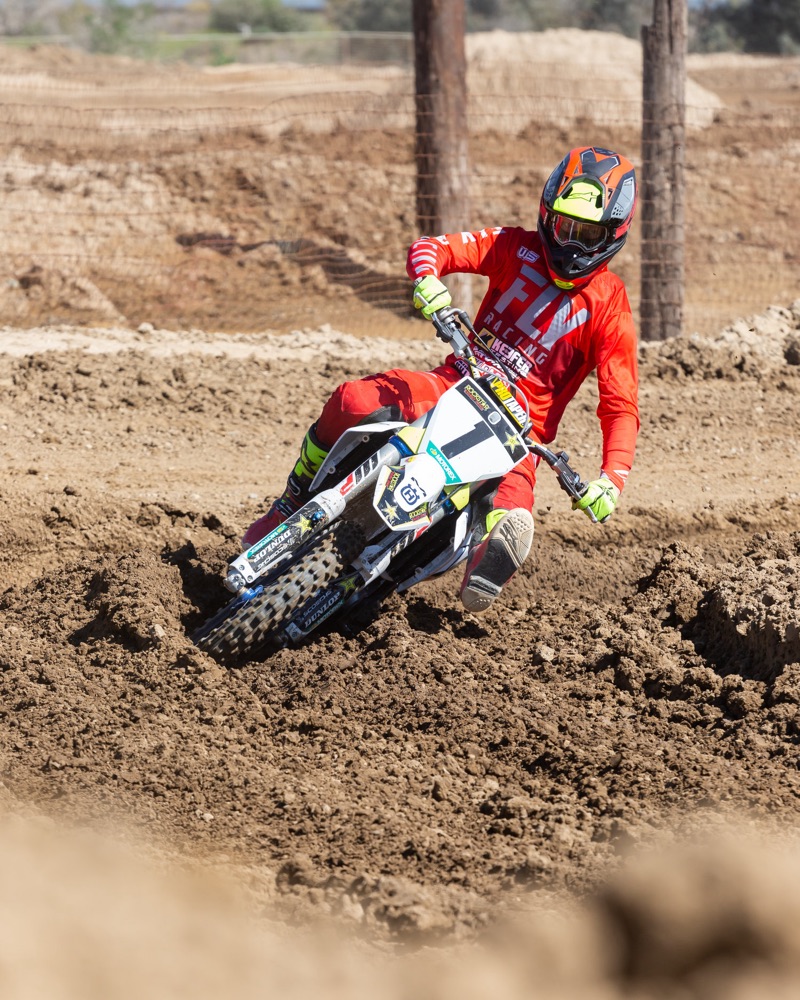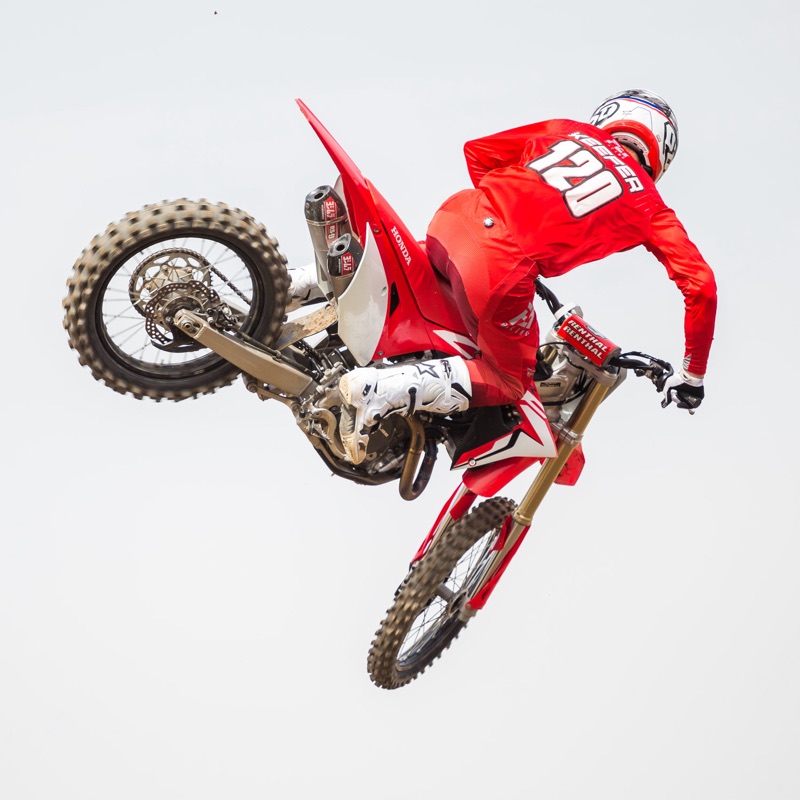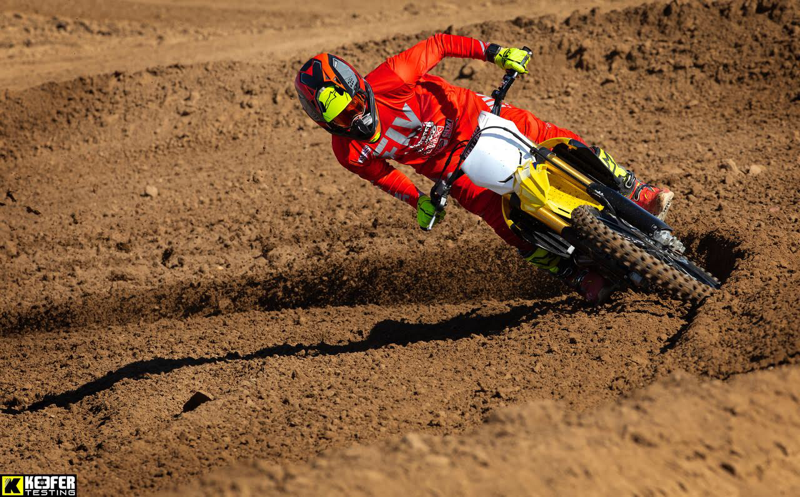Share This Article
Alpinestars introduced the new Tech 10 last summer, but since then, the boot has gone through a revision for a less rigid feel. You might of noticed that if you purchased a very early edition of the new Tech 10 (or “version 1.0” like I call it) it was super stiff right? They were so stiff I couldn’t feel my brake pedal or shifter for a few days on the bike. I have been putting a ton of time in on the “revised” version of the Tech 10 and wanted to give you guys some thoughts/updates about both the product. As always please feel free to email me at kris@keeferinctesting.com if you have any questions about these boots.

When Alpinestars introduced the new The Tech 10 last summer they were guided by three priorities as the Alpinestars technical footwear development team looked to improve overall functionality, performance and safety, decrease weight, and reduce material volume. Maximizing these priorities was the overall goal of the new Tech 10 and to be honest I have been a harsh critic of these boots when they first came out. If you listened to show #88 of the Keefer Tested Podcast you would know what I’m talking about.
The older Tech 10’s comfort were legendary and it was a pleasure to wear the boots in all conditions. A key objective for the updated Tech 10 was maintaining the boot’s feel while enhancing its performance, functionality and safety.
The most significant upgrades to the Tech 10 (from older pre 2018 Tech 10’s) performance are unique technologies: The Frontal Flexion Control Frame, the Asymmetrical Dual-pivot Arms, the patented Dynamic Heel Compression Protection Shock Absorber which is integrated into a redesigned foot shell and the slimmer, more streamlined, outsole.

Fact! The new Tech 10 is lighter than the older version, the result of Alpinestars studying all the boot components and their connections (basically how the boot comes together). A re-design of every single one of those components has been undertaken to reduce volume and weight.
New material composites have been created that are lighter in weight and aim to be more durable to ensure they try and hold up to the rigors of off-road riding. The new, cold-forged, aluminum buckles are a result with an easier to operate, more durable and self-aligning closure that offer a positive hold across the upper surfaces of the boot. The result has yielded over 400 grams (almost 1lb.) in weight reduction from the older Tech 10.
The new design also reduces the Tech 10’s profile and physical size. It is more streamlined with newer, lighter, more durable composite materials and a more integrated approach to the construction of the components, which dynamically enhances the chassis of the boot and utilize more advanced bonding processes.

Even though Alpinestars hasn’t came out and told me exactly what the revisions were on the new Tech 10’s, I can tell you that the front three bars of the ankle area have been “revised” to soften the feel.
Built into the Tech 10’s unique and lightweight single-piece co-injected foot chassis is the patented Dynamic Heel Compression Protector (DHCP), an innovative safety feature, which includes a fully integrated collapsible heel area with expanded poly-foam to absorb high impact energies during a crash.
DCHP features a directional impact protection system which significantly reduces the effect of excessive, potentially injury-causing energy being transferred to the ankle and lower leg.

Once my foot slipped into the updated Tech 10 it felt snug enough in all the right places, but the area that I felt the new Tech 10’s needed help in was “break in” and flex in the ankle. Last summer when I tested the first version of the new Tech 10’s I couldn’t even move my feet or feel the shifter/brake pedal. It was like wearing a cast and I was feverishly looking for the older Tech 10’s like a child looking for candy. The new Tech 10 is not as tall as the old boot, but that never really came into play (good or bad) when I rode with them.
It still takes a little long to break in the “2.0 version” of the new Tech 10’s (one full riding day or 4-5 engine hours), but once broken in I felt like I could bend my ankles freely, feel the shifter and brake pedal so much better than the first version. The new Tech 10 is still on the stiffer side compared to Gaerne’s/Sidi’s/Instinct’s, but I have grown to appreciate the support that I am getting when I send it off jumps to flat. There is more plastic to the new Tech 10 than the older one and that results in a lighter weight boot, but also makes it slightly less grippy on the inner side of the boot. When pinching with my legs I get more locked in with the older Tech 10’s than I did with the new ones. Could that be from not having as tall of a profile? Possibly… This is something that some of you may not notice, but to me was worth noting.

There is more plastic on the new Tech 10’s (compared to pre 2018), which makes it much lighter, but also have slightly less grip when pinching the bike.
A huge plus for me with the new Tech 10 is that it doesn’t get water logged and or heavy as quickly as the older version. Riding in muddy conditions and power washing boots over time have made my older Tech 10’s weigh almost two pounds heavier than when they were new (and they were already heavy when new)! The 2019 Tech 10’s have more plastic built into the boot, which saves weight, but also repels water much better than the old leather panels. So there is some give and take with getting a boot that weighs less.
The toe box is smaller and that could take some time to get used to if you’re coming from the original Tech 10’s, yet it can make shifting a little easier by getting your foot under the shifter. The high impact, cold forged aluminum buckle system is easy to adjust and can actually close shut or open even when muddy.
The Tech 10 boots are much more comfortable on hard landings and have an incredible soft feeling sole. The shock absorbing quality of these boots are second to none and the older I get the more I appreciate this. My ankles and feet have never been sore after a long day of riding with the new Tech 10’s. The new version of the Tech 10 boots weigh in at roughly 8.8 pounds and while they are still not the lightest boot on the market (Fox Instincts hold that honor), the protection I do feel on the track is so good I am willing to overlook the heavier feeling with the Tech 10’s.
One other standout of the Tech 10 is that if you don’t ride on the balls of your feet—like you should—the sole will feel a little awkward because it is shaped to almost make you ride on the balls of your feet. I don’t know if Alpinestars designed the sole to help the rider in this aspect, but I like that this boot helps proper rider technique! When standing on the pegs it feels as if the front and rear of the sole is raised, and this makes you ride in that sweet spot (the balls of your feet). It took sometime to get used to this feeling when I first started riding in these boots, but now it’s second nature to me and forces me to ride like we all should. When I ride with other boots I really have to pay attention to scoot my feet back on the pegs, but with the Tech 10’s my feet get in the correct position much easier.

The Tech 10 boots offers a seamless feel on the bike and will not catch or snag on any part of the machine. After several months of use I did find that the soles of the new Tech 10’s are better than the older style. I am told Alpinestars offers a resole and if you feel that the DHCP has been crushed from a crash you can send it to Alpinestars and they can evaluate and replace if needed.
Overall, the updated “2.0 version” Tech 10 boots are still one of my favorites to slide into and give me the protection and comfort I am looking for in a boot. You can check all of the Alpinestars boots out over at alpinestars.com or rockymountainatvmc.com.
In order to save my incoming email inbox I have already asked a couple questions for you right here….
Popular Question: “How do I know if I am getting the “2.0 version” or not Keefer?
Answer: “Although I can’t give a clear cut and dry answer I do believe that all the colorways besides the Battle Born Tech 10 are version 2.0”.
Popular Question: “Keefer if I can save a couple hundred bucks and buy the pre 2018 older Tech 10 boots should I do it”?
Answer: “Yes, you should! I still love the older pre-2018 version boot and still have some that I wear”!
